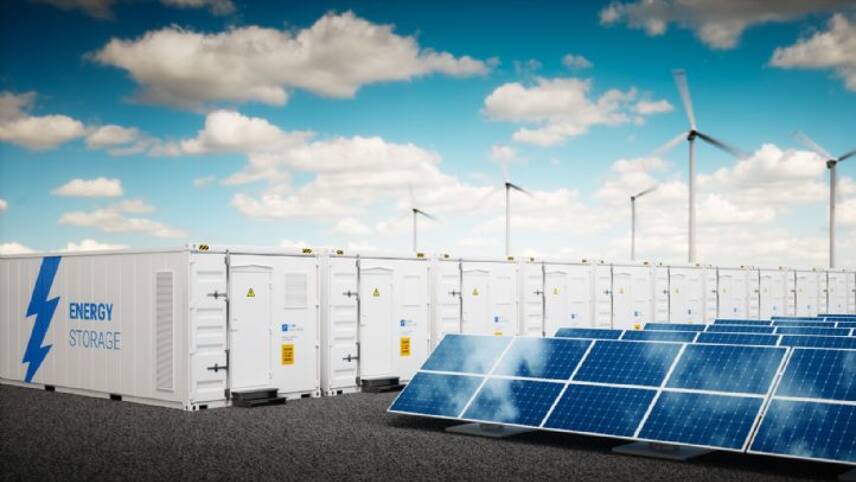Register for free and continue reading
Join our growing army of changemakers and get unlimited access to our premium content

Balance Power is calling for more long-duration projects to come online
New research from energy solutions firm Balance Power has found that the UK’s current electricity storage pipeline is brimming with projects that will not be compatible with a reliable and secure net-zero grid.
The research found that the UK’s current storage pipeline is “heavily weighted” towards projects with two-hour durations, as they typically offer improved returns. However, Balance Power claims that eight-hour duration projects would provide the optimal balance of providing sufficient operational flexibility while minimising cost and time of connection through delivering more capacity [MWh] per connection.
Balance Power observed that the current requirements for dispatchable generation – which are typically called upon on-demand and often derive from fossil fuels – are independent of the electricity storage capacity [GWh] deployed.
The company found two separate instances in 2022 where grid demand exceeded clean energy generation capacity over multiple weeks. Balance Power warns that future grid designs will need to combat this issue by ensuring dispatchable generation is available through longer-form storage options including hydrogen. Just this week, the National Grid Electricity System Operator (ESO) forked out £60,000 for coal-fired power stations to go on standby due to the weather.
Against a backdrop of £200bn of renewables projects facing waiting times of 15 years to come online, Balance Power is calling on regulatory bodies, such as Ofgem, to review legislative reforms in order to incentivise the market for longer-duration storage projects.
Balance Power’s chief executive Phil Thompson warned that these “significant gridlocks” could undermine the net-zero transition by halting momentum and would have “serious, long-term effects on our ability to reach and sustain a net-zero grid”.
“With hindsight, the UK should have ensured that the technical needs of operating a net-zero grid network and the business models driving the project development cycle are fully aligned, long before the projects developers are trying to connect were put forward,” Thompson said.
“We’ve worked hard to ensure renewables and storage are part of the wider energy mix, as critically, they offer a viable, low-cost form of energy to businesses and consumers alike.”
Balance Power also stated that the storage market is too focused on the power capabilities of a project, measured as GW, rather than the capacity, measured as GWh. The research recommends that all industry stakeholders should explore the MWh/GWh approach and link all associated costs and revenues to this.
Storage pipeline
The Government claims that flexibility technologies, including storage and smart charging of electric vehicles, could reduce the amount of energy demand on the network to the tune of £10bn annually by 2050.
Figures published by RenewableUK last year confirmed that the UK’s energy storage pipeline had surpassed 32GW for the first time, doubling year-on-year. This was partly attributed by RenewableUK to a decision to relax planning rules, first announced in the summer of 2020 and enacted in December 2020.
In April, the Government unveiled the projects that will receive a share of £30m to modernise the energy system through innovative energy storage systems.
The Climate Change Committee (CCC) has also warned that the UK is off-track to create a net-zero power grid by 2035, in part due to storage concerns.
One of the key barriers to a net-zero power system according to the CCC is ensuring that there is enough low-carbon backup generation. The CCC states that hydrogen-based “power stations” and a low-use of fossil fuel gas will still be required alongside carbon capture and storage (CCS) and technologies to help with the transition.
Other storage solutions, aside from batteries, will also be needed, the CCC states. One of the recommendations is that any surplus clean energy generation is used to produce green hydrogen through electrolysis. This in turn would be able to provide long-term storage that can be later used to generate clean electricity when wind and solar outputs are low.


Please login or Register to leave a comment.